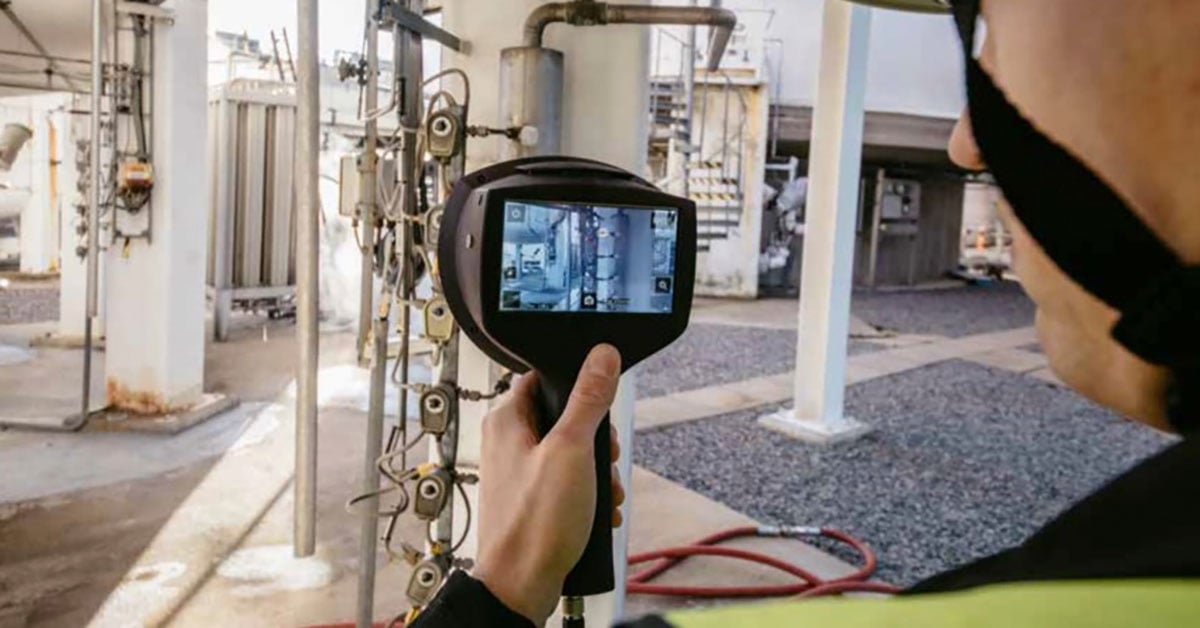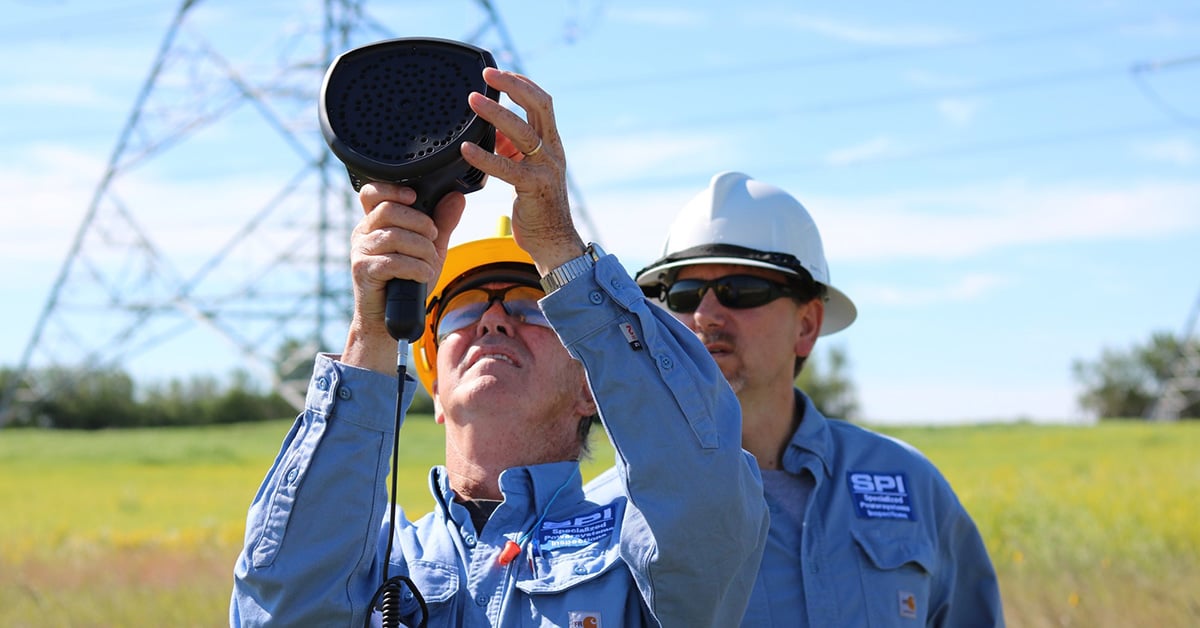Visualize compressed air leaks with FLIR Thermal Studio

Cutting-edge acoustic imaging plug-in is here to cut manufacturers’ energy bills
No-one is ever especially eager to open a bill - but with energy prices climbing ever-higher across the globe, opening your statement is now increasingly humbling. In fact, there has been an almost 500% increase in people searching for ways to drive their bills down (according to EDF Energy) - and while we’re all feeling the pressure at home, this problem is hugely compounded for energy-intensive industries like manufacturing which don’t have the option to simply reduce usage.
As a crucial element of energy transfer in industrial settings, compressed air is used for a huge range of applications, from atomising paint to operating air cylinders for automation. It plays a pivotal role in industry - but it could be quietly costing you money through air leaks that you can’t see or hear. That is, until now.
Introducing the FLIR Si124.
Cutting bills in immediate and measurable ways
Air leaks typically account for up to 30% of energy loss in industrial settings - which is becoming increasingly problematic as tariffs spike. The FLIR Si124 acoustic imaging camera helps you to locate pressurised leaks in compressed air systems up to 10 times faster than conventional methods - which means less waste air for which you’re paying a premium. This early detection of potential failures is the first line of defence against rising costs, identifying leaks earlier than traditional methods were capable of doing.
With 124 high-spec audible and ultrasound microphones acting in tandem to isolate and identify leaks as they appear between 2 - 65 kHz, it offers unmatched detection accuracy and identification down to even the smallest breach. It’s a small change that offers a huge impact for operators and ensures that background noises no longer hinder inspections.
The FLIR Si124 range accurately detects the distance between the operator and the leak as well as the size of the leak, its severity, and its estimated cost to your facility if not fixed. With everything operators are looking for, you might think that there’s nothing to add that could improve functionality across the range - but you’d be wrong.

Image shows both Partial Discharge and Air Leaks that have been detected using a FLIR Si124 Camera
Circumvent clunky IT policies with ease
The FLIR si124 range comes with an included ecosystem (FLIR Si124 Viewer) that enables operators to easily compile reports. It is essentially a cloud profile with a username and password that connects either through wifi or a hotspot to upload data in real-time. For a number of applications, this proves beneficial - but it is not suited to every industrial setting.
While this is advantageous in terms of speed, some companies have strict IT policies in place that don’t allow this. If this is the case in your facility, then it needn’t become a bother; it is simply a matter of switching from the embedded cloud system to the FLIR Thermal Studio Suite, which is a bespoke and fully customisable reporting and analytics software.
Unlike the free viewer, this can be accessed completely offline - readings are saved onto the device, which can be securely transferred through a USB stick (included in your purchase) and then can be easily accessed on your laptop through a simple drag-and-drop system. Results are visible in as little as 2 seconds; all confidential and offline, and will remain compliant with typical IT policies.
The FLIR Thermal Studio Suite is also fully customisable - meaning that your reports can conform to your brand’s preferred presentation guidelines while losing none of the essential intel you need to drive down your energy consumption.

As well as allowing users to edit and enhance acoustic leaks, it also acts to streamline acoustic analysis and compiles reports with up to 100 images - to illustrate the extent of the energy loss to management in clear terms that they can understand.
To explore more about the FLIR Thermal Studio Suite and its benefits to your inspections, click here.


